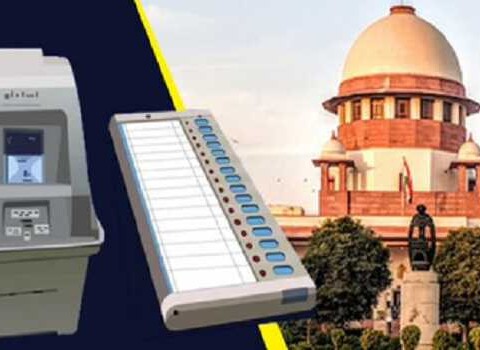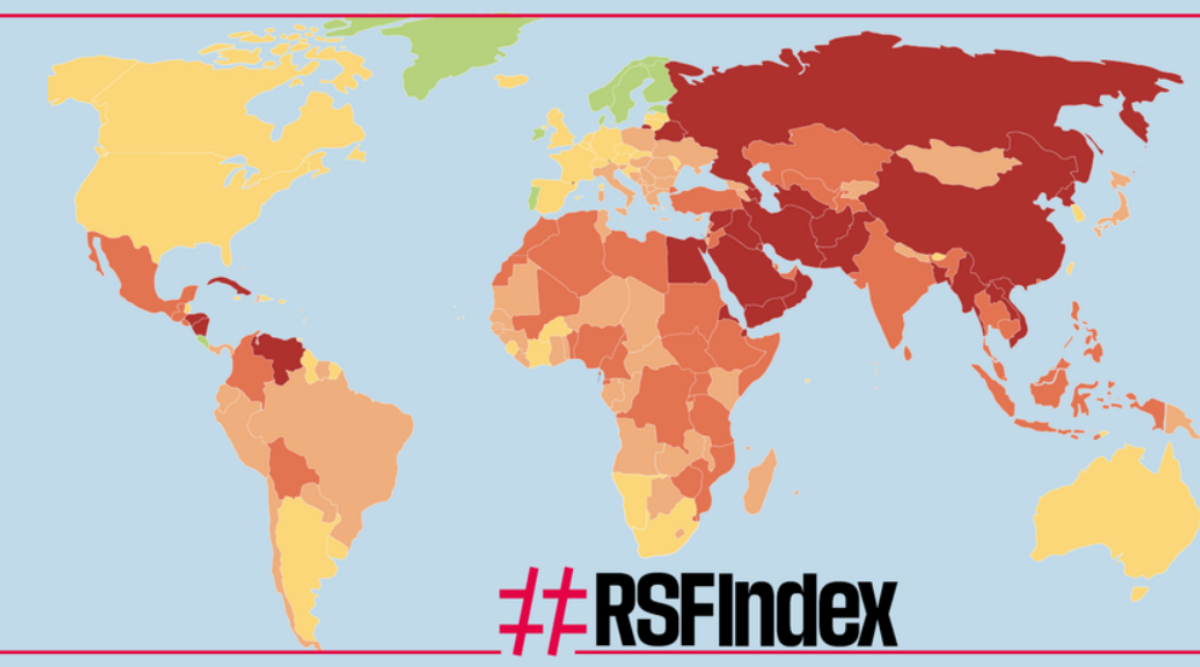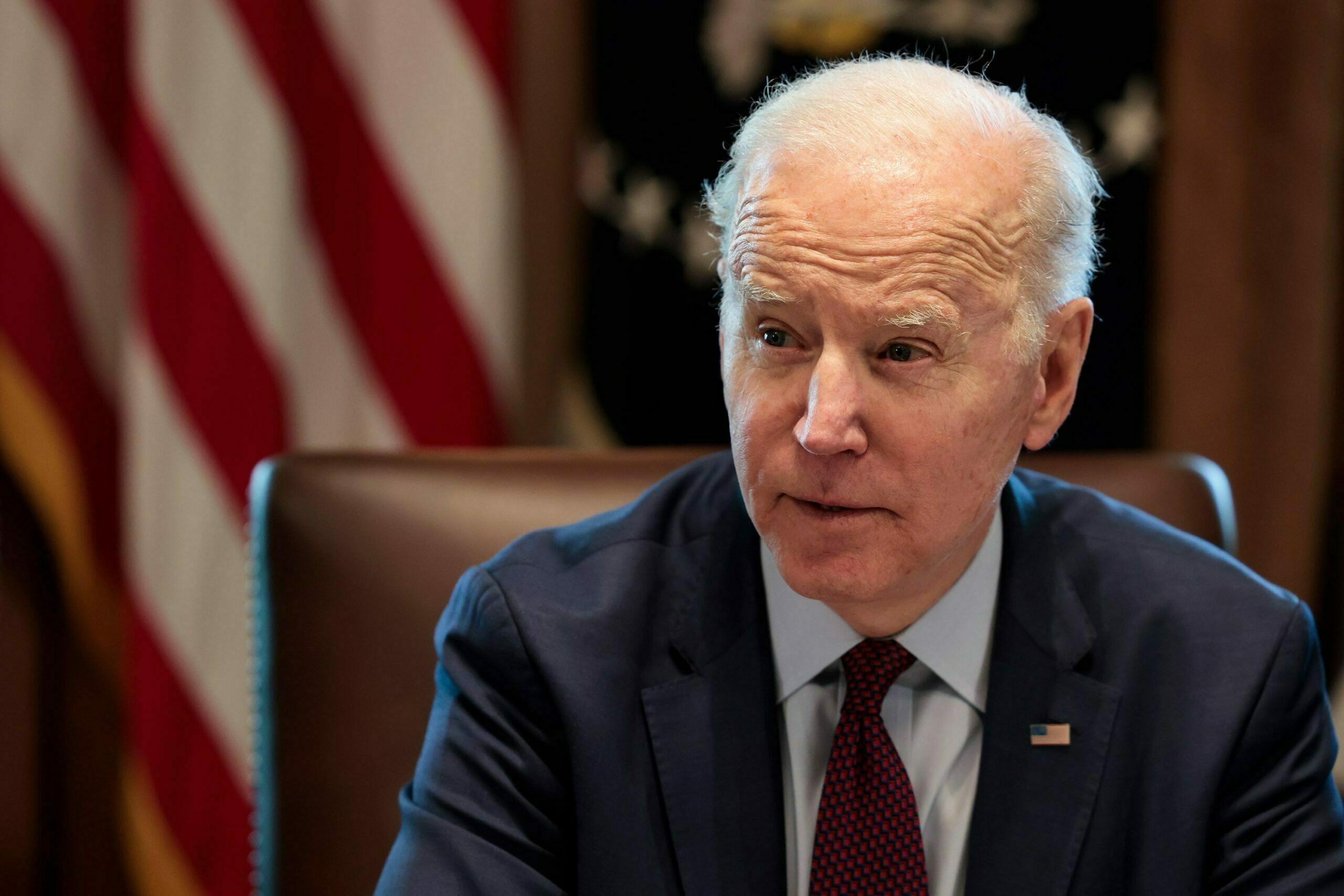The Jammu and Kashmir Bank has seen its profits plummet despite the increase in both its advances and deposits. The cost of rising the deposits and the advances have both increased significantly as the bank under the political pressure has gone ahead with the spree of appointments. Though the bank has a commitment in increasing the financial inclusion by opening new bank branches in areas which have been left out that increases the pressure of employing more people, but on that front as well the bank has shown a consistent failure. It has lagged behind in giving the credit to the people, while the bank management has indulged in raising the loans from outside the state. This has also increased the non performing assets of the bank and also hiked its cost to income ratio. The corporate credit portfolio remains a fiercely competitive market and the bank has notoriously earned a bigger share on this. The stress on the bank remains heavy as some of the public sector units have defaulted in the payments and the management is looking at intervention of the Central government to rescue it out from the messy affairs. The bank has not done well on improving the current account and saving deposits which are considered to be low cost accounts in view of the lesser interest rate borne on the books in operating these accounts. The fee based income which is primarily due to the government business has also taken a dip and despite the fact that the bank remains a market leader in Kashmir due to sheerly massive sizes of branches it has not been able to leverage this. The bank remains a laggard and due to stress on its assets, which remains to be consistent and continuous, it has felt the heat of the shareholders who have shed the scraps that has further hit the market capitalisation of the bank. Though the bank has earlier taken measures including the share split to mobilise more money however it has failed to retain the consumer appetite. Another area where the bank has done no good is the risk assessment before making any credit commitments. The NPAs of the bank are massive and that includes even by the individual account holders. The government which is a majority shareholder in the bank shall have been serious towards the problem and even fixed the responsibility over it, but it seems that the bank has only resorted to the irregular financial management due to which it has only to its credit the ATM networks and the branches only. Despite the fact that the bank existed in the state even before the entry of the private sector banks like the ICICI, HDFC bank, but its financials only portray a sordid story. The bank management needs to seriously consider many options and regain the investor sentiments otherwise the bank would end up turn into a debt ridden company. If the company continues with current strategy and doesn’t rejig its policy it could well turn out to be another white horse like those public sector units which had to finally close down their units after the heavy losses.
The editorial first appeared in print edition of June 22.











